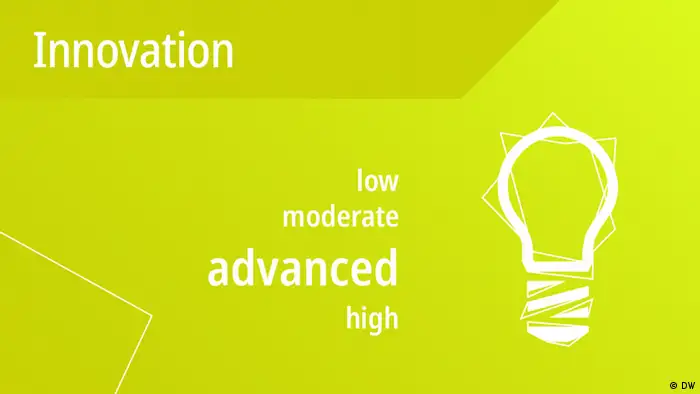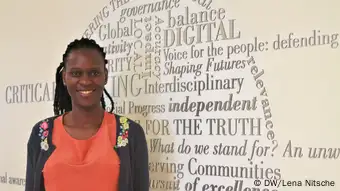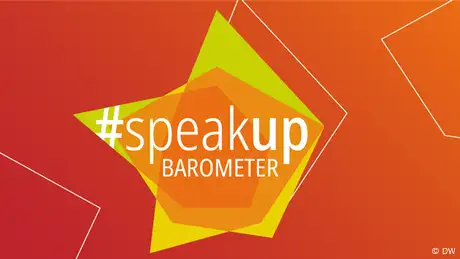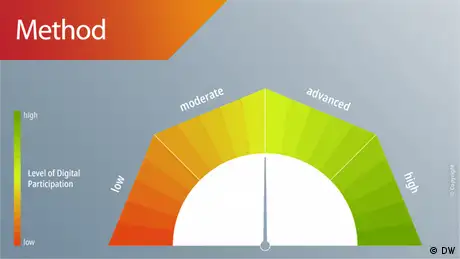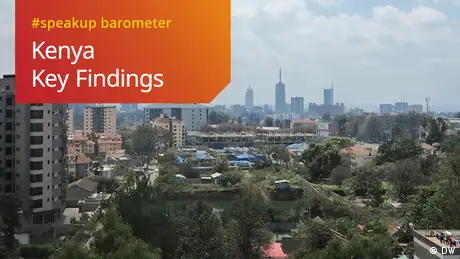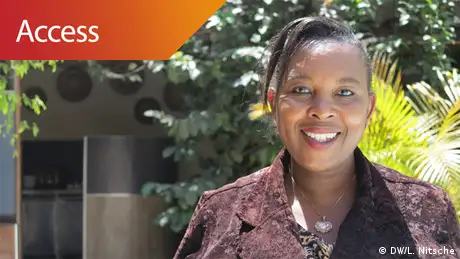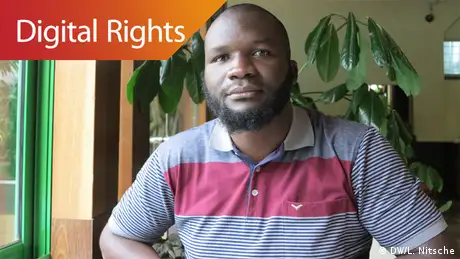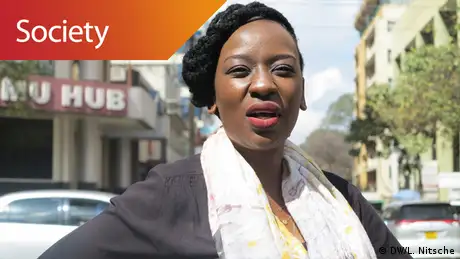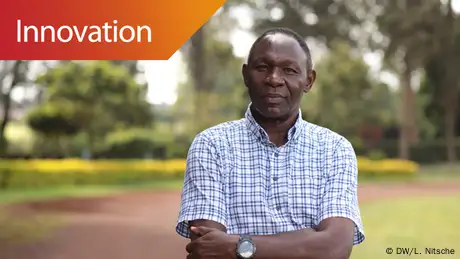#speakup barometer | Kenya
Finding digital solutions to local problems, Kenya’s innovation scene is no one-hit wonder
Kenya is home to one of the most established innovation ecosystems in Africa. Homegrown successes such as M-Pesa are driving Internet adoption throughout the country, transforming Kenya into a digital first nation.
Key findings
— Kenya has one of the oldest and most thriving innovation ecosystems in Africa
— Homegrown solutions such as M-Pesa, Ushahidi and the iHub have gained global recognition
— New investments projects are helping to create more sustainable businesses in Kenya
— Kenya’s education system needs to embrace critical and innovative thinking to meet the demands of the digital society
The story of digital innovation in Kenya is the story of M-Pesa, Ushahidi and the iHub. It’s these local inventions that have triggered digital participation and given Kenya a reputation for developing digital solutions. “The Kenyan innovations that made it to the international stage all had a local problem at their core,” says Bitange Ndemo, professor at Nairobi University and former permanent secretary in the Ministry of Information and Communication. The success of crisis mapping tool Ushahidi, mobile money service M-Pesa, and the tech incubator iHub have lead to Kenya being dubbed the “Silicon Savannah” of Africa, home to one of the oldest and most flourishing startup scenes on the continent.
Thanks to its high Internet penetration rate, fast Internet speed, and use of English as its national language, Kenya is an attractive environment for digital entrepreneurs and investors. Supportive tech policies are helping in the development of infrastructure, creation of local content, and public-private partnerships. It is in this climate that successful web applications were able to grow. Like the crisis mapping tool “Ushahidi”, born during the post-election violence of 2008, and now being used all over the world to assist in humanitarian responses or election monitoring.
Kenya’s innovation scene is no one-hit wonder. Today, Nairobi is home to more than 30 tech hubs and incubators, giving space to developers, designers, researchers and entrepreneurs to work on new technological solutions. Around the world, Kenya is gaining recognition as the East African tech node. Nairobi will host the Next Einstein Forum in 2020 , the largest science event in Africa. Venture capital funding for startups in Kenya jumped from $92.7 million in 2016 to $147 million in 2017 — the second highest level on the continent after South Africa, according to Partech Ventures. Nairobi’s flagship innovation center, iHub, announced plans in 2016 to launch the next phase of the organization, with a new emphasis on sustainable businesses and the goal of becoming 100 percent self-funded.
Local innovations first
Going forward, it’s essential that Kenyan entrepreneurs be mindful of the roots of past successful innovations — namely, finding solutions for local problems. Unlike innovations in the West, collectivism for example, is frequently at the core of successful Kenyan creations such as M-Pesa or Ushahidi. Catherine Gicheru from Code for Africa adds that successful ideas are those that “trigger participation, that ease people’s daily lives, and that matter on the level of our communities”.
But one challenge in bringing more local innovations to the international stage is the concentration of Kenya’s tech scene in Nairobi. The digital divide between the countryside and rural areas is a major barrier in promoting digital entrepreneurship across the country. “We tend to look too much in the urban areas for success stories and we tend to forget that the majority of us are in the rural areas,” said Gicheru. Due to increased affordability, Internet penetration in rural areas is on the rise. And with that, more and more innovation spaces are opening up outside Nairobi.
Another common criticism is the lack of diversity in the Kenyan tech scene — an issue that made headlines in the summer of 2018 when a tweet about the dominance of white people in Kenyan tech companies was shared widely.
Twitter user TMS Ruge argues that although those people do not represent the whole Kenyan online space, they receive the biggest share of investment capital. “Innovation spaces are mostly male, there are young people in these spaces, but they don’t have a voice. There are very few women. At the top of the hierarchy, there are often white men,” says Hildah Nyakwaka, who runs the open innovation student initiative Jamlab.
Education needs reform
Jimmy Gitonga, senior consultant with the multimedia design company Afroshok Media, says an entrepreneur needs a certain mindset to succeed. “An entrepreneur needs critical thinking, persistence, adaptability, creativity and initiative,” he says. But it’s a skillset that is often forgotten in the Kenyan education system. "If there is something that is holding Kenya back from innovation, it is the education system. There is not an emphasis on creative thinking,” says Rhonda Breit from Nairobi’s Aga Khan University. Some universities have already started applying new curricula and methods to learning, but the majority of public institutions still pursue a highly structured approach to learning. For Breit, “the reality is that Kenya is innovative despite its education system”.
What the experts say
Jimmi Gitonga of Afroshok Media: Kenyan entrepreneurs do not yet have the requisite knowledge and commercial infrastructure to build globally recognized technology companies when compared to their Western counterparts.
“What is being asked of them is equivalent to fixing an aircraft while yet in flight.”
Catherine Gicheru on the importance of providing a benefit:
“The innovations that give access and information to Kenyans and help them make informed decisions are the ones that trigger participation. If you can bring innovation down to that level, you have engaged the citizens that have the possibility to influence policy.
Liz Oyange, head of the Kenyan chapter of Creative Commons:
“Due to our education system, we were not really trained on how to be innovative. We are more trained on how to learn by the books.”
Recommendations
— Support innovations made in Kenya
Jimmy Gitonga: “We can learn from other innovative spaces around the world, copy what is necessary, build what infrastructure we need, and innovate for Africa first. Only then can uniquely African knowledge and financial investment grow in an environment that is, in itself, unique.”
— Reform the education system
Kenya’s education system should stimulate critical thinking. In order to create digital entrepreneurs, Kenya needs to modernize its education system. Bitange Ndemo: “One solution is Artificial Intelligence (AI). We need a system that actually looks at individual needs. With AI, specific content can be delivered at the appropriate speed.”
— Innovation in rural areas
With rural areas languishing behind in the digital economy, the Kenyan government, as well as private companies, need to bolster their efforts to support rural development.
— Innovations need to include government, media, and civil society to trigger participation
Catherine Gicheru: “You need civil society organizations to bring your innovation to local communities, media to scale up the efforts, and the government authorities to create responsibility. Some innovations have failed because citizens demanded change via digital platforms and then there was no one responding to it.”
The #speakup barometer is a DW Akademie project that examines the connection between digital participation, freedom of expression and access to information. Learn more at www.dw.com/barometer
DW recommends
- Date 17.01.2019
- Author Lena Nitsche
- Feedback: Send us your feedback.
- Print Print this page
- Permalink https://p.dw.com/p/3BhtL
- Date 17.01.2019
- Author Lena Nitsche
- Send us your feedback.
- Print Print this page
- Permalink https://p.dw.com/p/3BhtL

